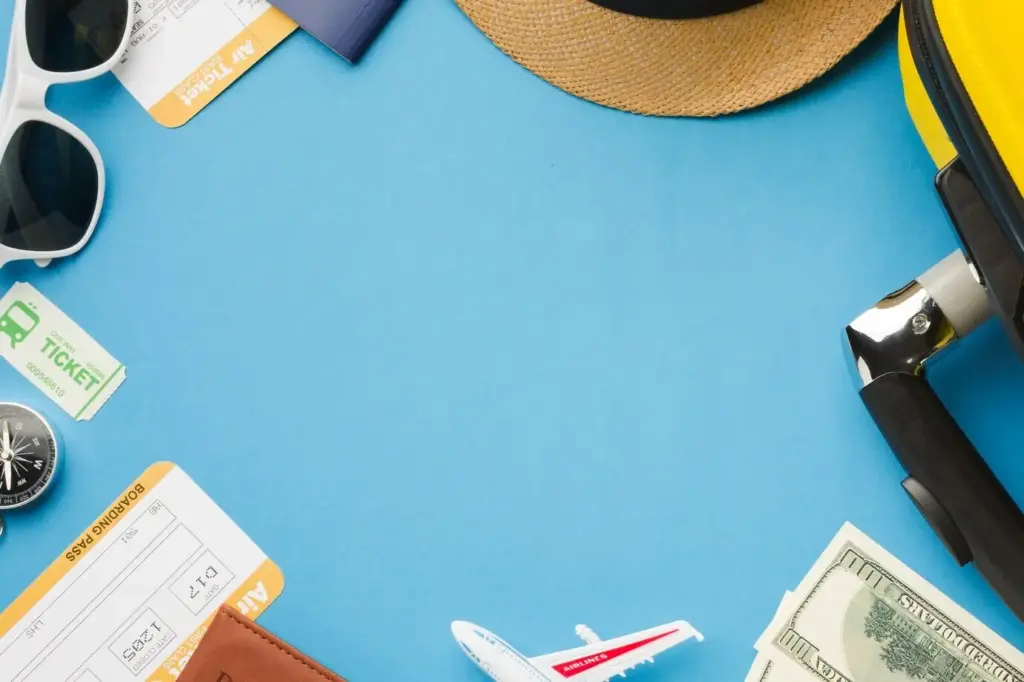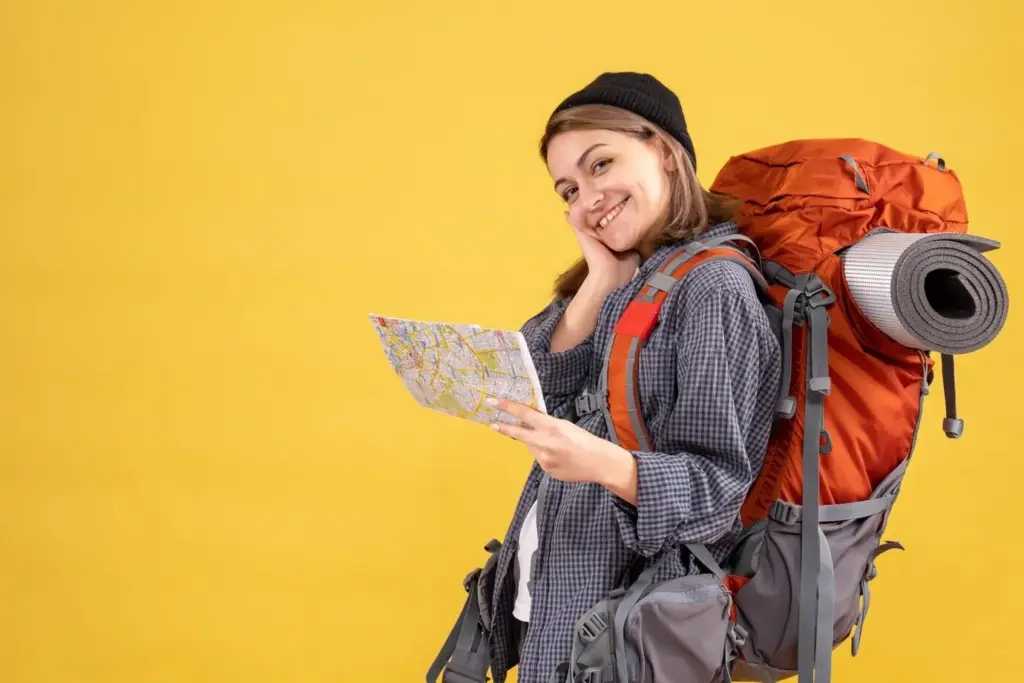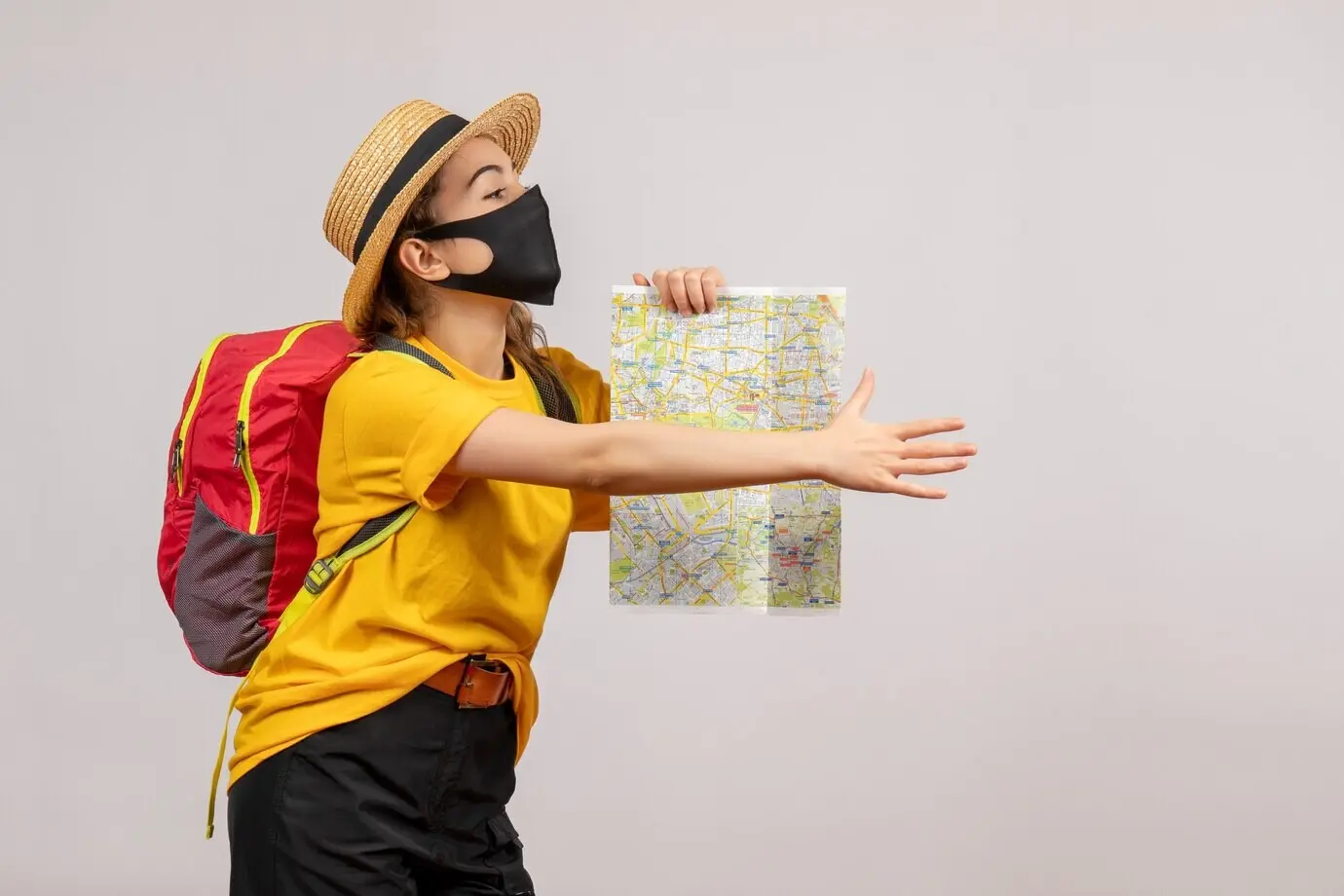Journeys Guided by the Land and Its First Peoples




Knowing Whose Territory You Visit
Choosing Respectful, Community-Owned Experiences


How to Verify Indigenous Ownership and Leadership
Visit official directories, read operator bios, and look for statements about governance, community partnerships, and cultural authority. Transparent businesses name the Nations involved and credit knowledge keepers or storytellers appropriately. Certifications and memberships may indicate accountability, but relationships and community references matter most. When something feels unclear, ask direct questions with humility and accept the answer given. Choosing carefully helps prevent appropriation, supports equitable incomes, and amplifies local decision-making about how visitors engage on the land.


Spotlight: Haida Gwaii Watchmen and Seasonal Stewardship
On Haida Gwaii, the Haida Gwaii Watchmen welcome visitors to protected village sites during specific seasons, sharing guidance on visiting respectfully while safeguarding fragile cultural treasures. Their presence reflects ongoing stewardship, community-based leadership, and care for ancestors’ places. By traveling with patience and planning ahead, you adapt to weather, tides, and capacity limits that protect heritage and ecosystems. Leaving generous time and following instructions allows knowledge sharing to unfold naturally rather than on rushed timetables imposed by outside expectations.
Stories on the Land: Culture Through Food, Art, and Ceremony

Planning for Climate, Seasons, and Remote Travel
Northern Realities: Weather Windows and Safety
What to Pack: Practical Gear Plus Cultural Preparedness
Accessibility and Family-Friendly Options
Economic Impact, Reciprocity, and Long-Term Relationships
Where Your Money Goes: Transparent Examples
Many operators invest revenue into cultural programming, language classes, seasonal camps, or environmental monitoring. Ask how contributions are allocated and request examples of community outcomes when appropriate. Transparency builds trust and helps you choose offerings that align with your values. When an experience costs more than you expected, remember the logistics behind boats, safety equipment, training, and fair pay. Paying the real cost supports stable livelihoods, reliable schedules, and continuity for programs that turn visitor interest into lasting community benefit.
Giving Back Without Centering Yourself
Reciprocity may include buying from Indigenous businesses, contributing to community funds, or commissioning artists rather than requesting discounts. It can also mean listening more than speaking, citing sources accurately, and avoiding social media posts that disclose sensitive locations. Ask hosts whether sharing your experience is welcome and how to do so responsibly. Treat your presence as a responsibility rather than a spotlight. Genuine care shows up in quiet follow-through, consistent support, and gratitude that respects boundaries and ongoing priorities.
Sample Pathways Across Diverse Regions


Coastal British Columbia: Voices of the Salish Sea and Northern Waters
Consider pairing urban galleries and cultural centres with coastal journeys that highlight cedar, salmon, and carving traditions. When possible, visit community-led sites with guardians present, follow their guidance closely, and prepare for weather that changes quickly on the ocean. Respect wildlife from a safe distance, and travel with operators committed to careful navigation and habitat protection. The most memorable moments often arise in quiet coves and village sites where patient listening reveals histories, responsibilities, and resilient futures shaped by the tides.


Prairies and Parklands: Languages, Bison, and Star Stories
Plan visits to cultural centres and guided walks where knowledge keepers discuss grassland ecologies, buffalo restoration, and star knowledge that shaped seasonal movement. Evening programs may offer sky watching, while daytime activities might include plant teachings or archery. Prepare for sudden weather shifts and wide distances between stops. Support artisan markets directly, attend public events respectfully, and take time to learn place names in local languages. Slow travel across these open horizons invites deeper listening and generous conversation with hosts.
Words Matter: Asking Better Questions
When Mistakes Happen: Repairing with Humility
Children, Elders, and Collective Care
